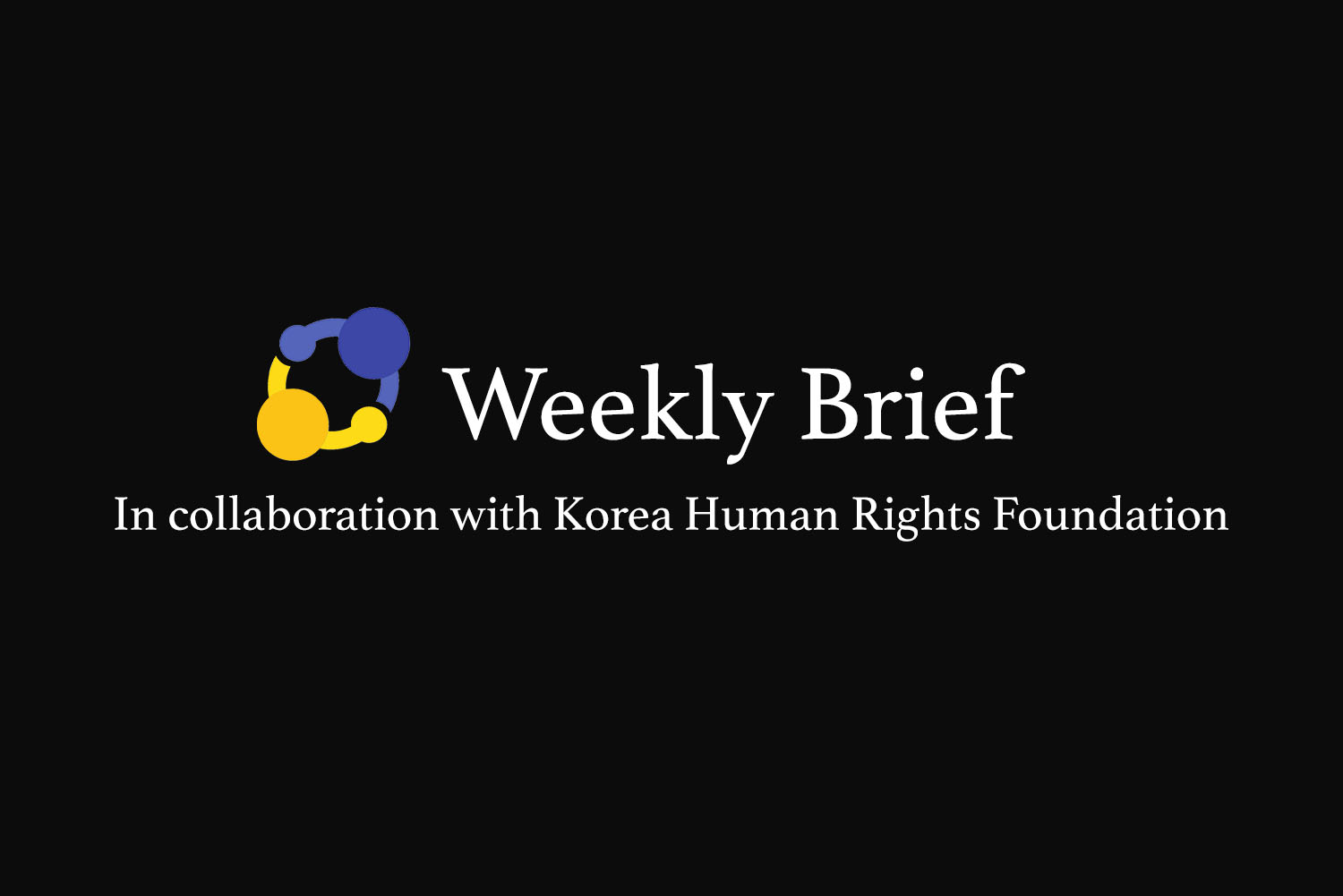
Why is Plastic Surgery So Popular in South Korea?
Plastic surgery is integrated into daily life in South Korea. There are a myriad of advertisements in subway stations, buses, and streets. Parents often “gift” their children some form of surgery after they finish their national college entrance exams or when they become legal adults. Some job applicants go under the knife to improve their chance at finding jobs. TV shows like “Let Miin” (miin — pronounced ‘mee-in’ — means a beautiful woman) capitalize on the pain and angst of everyday patients to showcase the wonders of plastic surgery and how it can transform entire lives.
For some patients–those who have been discriminated against for looking a certain way, been unhappy with the way they look– plastic surgery could be a powerful tool towards self-determination. On the other hand, a society that tells people that they should look a certain way or shames them for not getting surgery should be scrutinized.
South Korea has an immense plastic surgery market. Foreign media outlets such as the Washington Post and the New Yorker have reported on the popularity of plastic surgery in South Korea, where a reported 20 percent of women have undergone some form of cosmetic surgery, according to the International Society of Aesthetic Plastic Surgeons.
Plastic surgery tourism is also a lucrative market. It accounts for approximately a fifth of medical tourists to South Korea, and according to the New York Times, the South Korean government expects upwards of a million annual medical tourists by 2020. Revenue from plastic surgery tourists in 2014 was $107 million.
With the rise of the market came an increase of new businesses. According to the National Tax Service, there were a total of 1414 plastic surgery clinics registered in South Korea in September, 2017. This number does not include the number of major hospitals, dermatology clinics, and dentist clinics in Korea that offer various other forms of cosmetic surgery.
470 of these independent clinics are based in Gangnam-gu, where the famed Apgujeong plastic surgery district offers a dizzying array of clinics. Despite the size of the market, the area is now so saturated that there is a growing problem of illegal brokers who bring foreign patients to clinics that are not licensed to operate on foreigners.

Parts of South Korean society are recognizing the prevalence of plastic surgery to be a problem. Seoul Metro has decided to phase out plastic surgery advertisements from their subway stations by 2020. The Ministry of Health and Welfare cracks down monthly on clinics for false or exploitative advertisements. Companies and government agencies are implementing “blind recruitment” systems, in which the applicant does not submit headshots. Prior to this, submitting one’s picture in any resume was the default.
There have been many attempts to explain the prevalence of plastic surgery in South Korea. Some veer towards essentialism (why are South Koreans so superficial?), while others have attributed this to the oft-blamed root of all Korean conservative evil, Confucianism: South Korea is a hyper-conformist society, so everyone wants to look the same. Still others claim that South Koreans want to look more “Western” or “American.”
Many cite the clear advantages to looking more conventionally beautiful in South Korea. Though companies will officially deny it, applicants who look conventionally more attractive are given a leg up in the recruitment process. Plastic surgeons say that there is a rise in the number of patients whenever recruitment season rolls around. Though appearance discrimination is commonly found in other countries and sectors as well, the status quo is that South Korean women take more drastic measures more often.
Another facet to examine would be the overall state of biomedicine in South Korea. After all, plastic surgery is a form of biomedical practice done unto the body.
The Body as Public
Korea made a gradual shift towards becoming a medically advanced state once the Korean War ended in 1953. Public health initiatives such as kajok kyehoek (“family planning”) and parasite eradication campaigns throughout the 60s and 70s made reproductive and gastrointestinal health a public matter, thereby blurring the division between public and private health.
Regarding “image,” the government also had an incentive to present itself to the world as a nation on the rise, because South Korea had received mostly negative exposure as a war-ridden, destitute nation. Images of death, poverty, and suffering were to be replaced with positive images of development and beauty.
It was not long before government or public intervention on individual bodies was normalized. Achieving universal healthcare in 1989 officially made visits to the doctor’s office a cheap, almost trivial activity. In 2017, at just around two dollars a visit, going to a doctor’s clinic is as affordable as half a cup of coffee in pricey Seoul.
Americanized and Normalized
What counts as beauty is often heavily influenced by the people who shape broader social norms. In South Korea’s, the United States was such a force.
Within this context of medical intervention being quite mundane, we should consider the role of the United States in shaping the history of plastic surgery. Two prominent figures shaped the course of plastic surgery in South Korea: Dr. David Ralph Millard and Dr. Howard A. Rusk.
Dr. Millard is considered a “titan in the field of plastic surgery” for his role in developing a variety of reconstructive surgical procedures, most notably cleft lip surgery. He was part of a Mobile Army Surgical Hospital (MASH) unit sent to South Korea in 1954. The war-torn nation and its many orphans, refugees, and casualties offered a young Millard a plethora of patients with a variety of needs. Millard’s excitement is evident in his description of South Korea as “indeed a plastic surgeon’s paradise.”[1]
He took reconstructive surgery beyond the scope of mere repair, and into a broader sense of rebuilding one’s look with the double-eyelid surgery. Though accounts remain not entirely clear, there were patients in postwar Seoul and South Korea that wished to look more like the American troops, or aspired to the foreign sense of aesthetics. Thus were published the series of journals by Millard, including “Oriental Peregrinations” and “The Oriental Eyelid and its Surgical Revision.”
Dr. Rusk was instrumental in creating a channel for American medical techniques, aid, and ideas of beauty between Korea and the U.S. He was a leader in rehabilitative medicine in the postwar United States, and worked to raise funding for medical missions to Korea. He established the “Rusk Mission to Korea” in conjunction with the American-Korean Foundation in 1953.
The mission surveyed the state of medical practice in Korea, and sent a generation of Korean doctors to the United States to learn modern medicine. This generation of U.S.-trained Korean medical professionals strengthened the influence of U.S. ideals in Korea: aesthetics, racial hierarchy, and the importance of appealing to American sensibilities.
Conclusion
This complex history of surgical techniques, the institutions that allowed medicine to flourish in postwar South Korea, and the sense of aesthetics that Koreans were incentivized to follow should all be taken into consideration when we discuss the development of plastic surgery in South Korea.
Of course, we should not forget other factors: South Korea is a hyper-competitive country where one’s looks offer a competitive edge; South Koreans have a relatively strong and uniform preference for certain looks; South Korea is a conformist society where imitating others is not frowned upon; there was a long history of doctors lobbying for institutional recognition of plastic surgery…
All of this to say, South Korea certainly has a problem with how prevalent plastic surgery has become. It is not that the procedures are inherently bad in some way. Rather, the pressure to outwardly conform and the ensuing medical, financial, and social tolls are what we should address.
[1] DiMoia, Reconstructing Bodies: Biomedicine, Health, and Nation-Building in South Korea since 1945. Studies of the Weatherhead East Asian Institute, Columbia University. Stanford, California: Stanford University Press.
Ho Kyeong Jang authored this article.
Cover Image: A plastic surgery clinic ad inside a subway station in Seoul, promoting a technique that involves carving the jawbone. (Ho Kyeong Jang/Korea Exposé)

